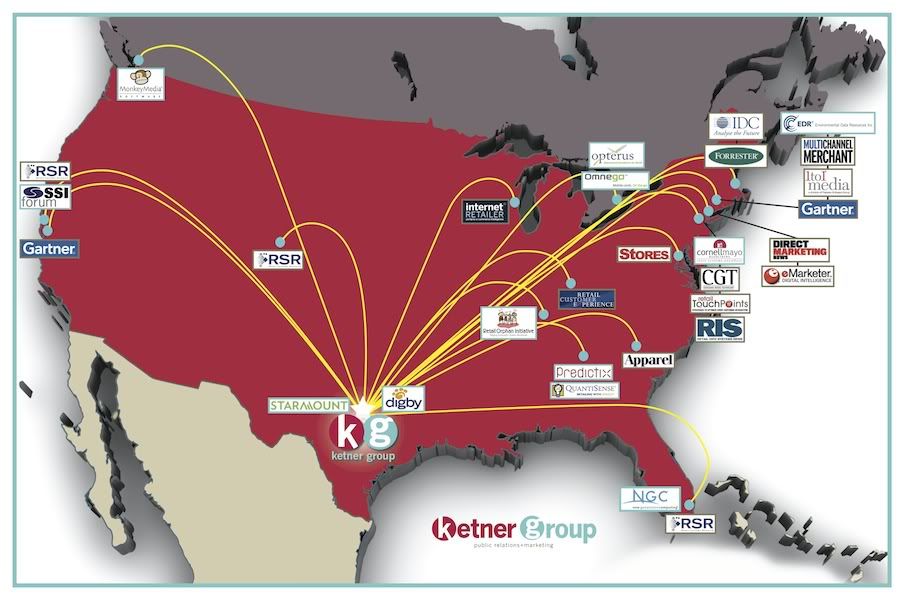I can’t think of a single person that likes to receive spam of any sort. It’s particularly obnoxious when it stacks up on your dining table, or backs up your inbox on an already hectic day. I hate it, you hate–we all hate spam.
One of my least favorite parts of being in PR is being considered spammy—say someone feels I have spammed them, when I think I reached out to them in good faith. I’ve done my research; I thought there was a connection. It’s a fairly common (mis?)conception of the public relations industry that as a whole we sit around plotting ways to send a release to as many people who DON’T care as possible. This begs the question, though, of why we would do that? It’s a waste of our time to reach out to people who are outside our clients’ interests. Maybe for true spambots it’s done out of laziness, but it’s a fact that individuals/outlets directly interested in a piece of news are the easiest coverage to secure, and low hanging fruit is the easiest fruit to harvest. It makes no sense to purposefully target anyone not interested in your topic—it yields no desirable response and serves a very poor ROI on time, indeed.
We take media relations very seriously at KG; in fact, building relationships with editors and writers in the verticals we serve is one of my most favorite parts of being in PR. We meet a lot of truly wonderful individuals and count many of them as friends. We build our media lists carefully, a combination of organization knowledge based on personal relationships built over time, and time-consuming publication- and individual-specific research based on industry and topic. In addition to day-to-day updates, KG goes through our active lists in their entirety annually, if not more often, to make any additions or deletions necessary as our clients’ products and services evolve and media outlets’ coverage areas change.
Of course, we’re not perfect. Here lies what I consider to be one of the challenges of modern-day, long-tail PR, where everyone has a website and/or a blog and everyone’s contact information is in the public domain–it simultaneously grows both more and less difficult to perfectly target the most relevant audience. It’s easier than ever in the Internet Age to search for and identify someone who covers your topic, let’s say Self-Propelled Gizmos, but it can also lead to more mistakes. The long tail benefits PR folks since there are so many niche outlets to cover your specific topics, but the niches become so, well, niche, that it’s all-too-easy to inadvertently reach out to someone who covers Green Gizmos but not Self-Propelled Gizmos.
Just because someone has written about Gizmos before, doesn’t mean they still cover them, and can sometimes take offense that you don’t know they now cover Doo Dads exclusively—of course Google can’t broadcast internal editorial decisions, and unlike the newspapers of yore that were trashed at the end of the day, past (and sometimes very recent) coverage of Gizmos lives on online, occasionally leading well-meaning PR folks astray. Someone’s name can make it onto a registered press list for a Gizmo show, when in reality they’re not press at all and couldn’t care less about your Gizmos. The myriad of ways one could inadvertently contact the wrong individual is enough to make you paranoid.
In the end, I find the best solution is to just be human, after all, we are human, not spambots. Do your best to research and reach out to only relevant media contacts. Respond sincerely when a media contact lets you know a mistake has been made. Fix the issue so as to not repeat the mistake. Know you did your best and that sometimes these things happen, and you will do better in the future. Amen.


 comparing what I thought a career in PR would look like at 21 to what it actually is after nearly 5 years of going from internships to account coordinator and executive roles to senior account manager. Now I love my job and I’m sure I chose the best career for me, but one thing is certain: At 21, I had not even a clue what I was in for.
comparing what I thought a career in PR would look like at 21 to what it actually is after nearly 5 years of going from internships to account coordinator and executive roles to senior account manager. Now I love my job and I’m sure I chose the best career for me, but one thing is certain: At 21, I had not even a clue what I was in for.

